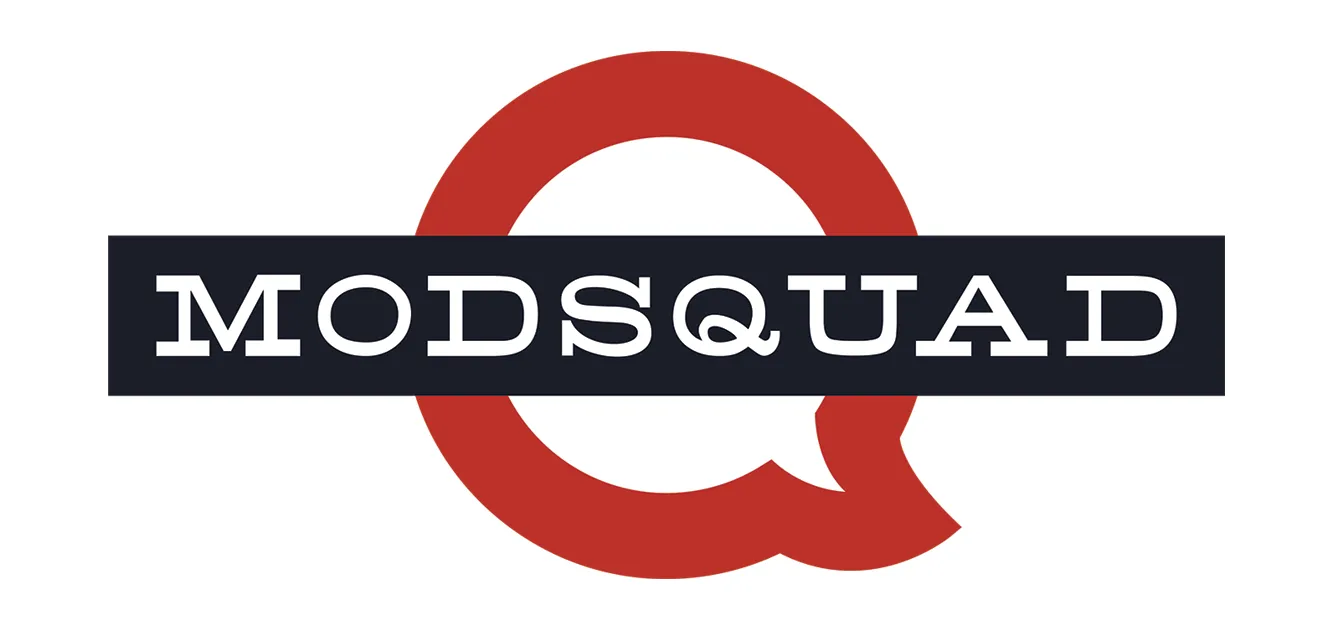
Retention, Part 35: Treat Your Customers Like Top Employees
By Sanya Weathers
If you’ve got a high-performing employee, you already know you need to go the extra mile to keep him happy. Money is big, but it isn’t everything. In fact, most employees place a higher value on environment than they do on dollar amounts – do they have opportunities to grow? To shine? To build a reputation that will serve them after the product launches? Do they enjoy a well-rounded life outside the office? Are they valued as people as well as performers?
Especially in gaming and social media, there is not a big distinction between the people who create the products and the people who consume the products. They share demographic details, interests, and preferences. As such, thinking of your customers in the same way that you think of your very best employees will give you some interesting insight into what might increase retention.
– Money isn’t everything, although it helps. Being the cheapest product won’t attract the best and the brightest – and you’ll lose ‘em as soon as a “better” offer comes around.
– It’s not a product, it’s a way of life. Do you pride yourself on your employees/customers having absolutely no life outside your product? Welcome to Niche-ville, where people burn out and bail, and your demographic pool trends young with all the good and bad that implies.
– What’s the motivation? Unless you tried for a niche, you’re probably looking for mass market success. Massively multiplayer/social product customers can only be generalized to a point. The fact is, this is one of the most diverse target audiences out there, and people have multiple motivations. Using multiple methods of motivation weaves a relationship from several strands, which is a stronger bond than one single tie.
– Recognition and referral. Recognizing your top employees makes them feel more loyal. New employees referred by existing employees are quicker to adapt and more likely to stick around. The same applies to your customers.
Simple stuff, right? You treat your employees like people – and your customers are just people, too.

